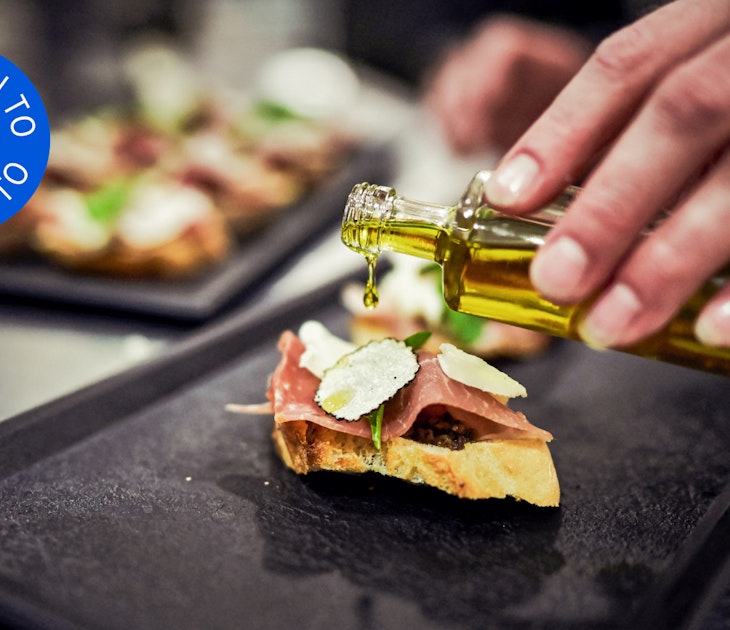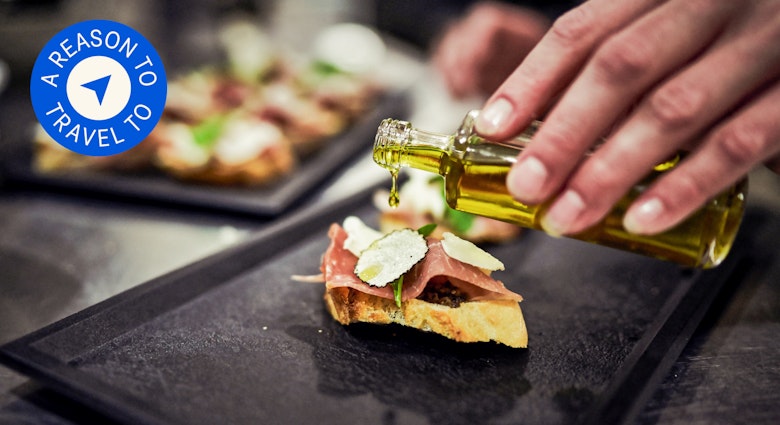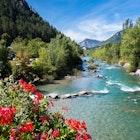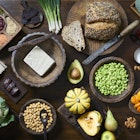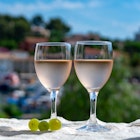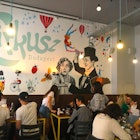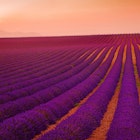Even in a country as devoted to eating as France, there is something extra special about the feasts to be found in Provence.
Endless sunshine, sea and mineral-rich soil are responsible for the fantastic flavours that end up on your plate here: plump olives, fresh seafood and creamy goat's cheese are just some of the simple but beautiful local products on offer. Wash down these Provençal delicacies with a glass or two of the region's beloved rosé wine and you'll be in foodie heaven.

Olives
Olive groves were planted in Provence over 2600 years ago and have thrived in the dry, stony terrain to become the star of the gastronomic show. Most dishes here are cooked or drizzled in olive oil and the fruits are used heavily throughout Provençal cooking.
At St-Rémy’s labyrinthine market you’ll have your pick of plump and glistening olives and olive oils, many of which are produced at the city’s famous Calanquet olive mill. You can also indulge in another of the region’s famous exports: olive oil soap, made using 72% olive oil.
Lovers of the little green and black fruits can partake in olive oil tastings at many of Provence’s scenic farms and mills, such as the Domain Castelas (castelas.com) and Moulin Jean Marie Cornille (moulin-cornille.com), who offer free mill tours and tastings every Tuesday and Thursday during the summer months.

Goat's cheese
The Mediterranean climate and dry scrubland so favourable for olives does not make for lush grazing pastures, meaning the goat is the livestock of choice for Provençal farmers. And thankfully so, because these hardy creatures are responsible for some of the most exquisite cheese the region has to offer. Banon is particularly famed for its thick, creamy goat's cheese wrapped in chestnut leaves, while Le Rove is to thank for a lighter, fresher and fluffier fromage made with the milk from the region’s infamous eponymous goats.
Many farms, such as La Pastorale du Regagnas (pastorale-regagnas.fr) and Les Roves de la Jacourelle (visitprovence.com), have opened up their gates for cheese fanatics to come and explore the lands, learn how the cheese is made and even have a go at making their own.

Seafood
Provence’s coast has long suffered from overfishing, but rather than see seafood drop off the menu forever, three-star Michelin chef (and Provence native) Gérald Passédat had the nifty idea to encourage local fishermen to go on the hunt for lesser known or ‘forgotten fish’ instead. The region's menus were subsequently revived with unusual offerings such as tub gurnard and wrasse. You can find some of these curious-looking sea creatures at the marché aux poissons in Marseilles, a small but spirited market held every morning on quai des Belges of the Old Port.
Alternatively, head to Cassis to the family run Poissonnerie – a former fish shop turned gastronomic restaurant – for some exquisite fruits de mer. Tuck in and enjoy stunning views over the picturesque harbour safe in the knowledge that your plate of poisson came fresh from the ocean before you – likely to be from that morning’s catch.
Sausage
In Provence it’s all about the saucisson de taureau Camargue - an earthy sausage made from the meat of Camargue bulls. The culture of Camargue revolves around these bulls, which have been raised on the marshlands since the Roman times. The bulls have free reign of the wetlands here and their gardiens, cowboys who ride atop stocky Camargue horses, are regarded with celebrity status. Come summer, little villages and towns erupt with festivals and events dedicated to the bulls.
The beautiful market in Arles, which wraps itself around the old Roman city, is the place to head for the region’s delectable bull saucisson - so delectable in fact that it is one of few meats that has been awarded an AOC designation of origin certificate.
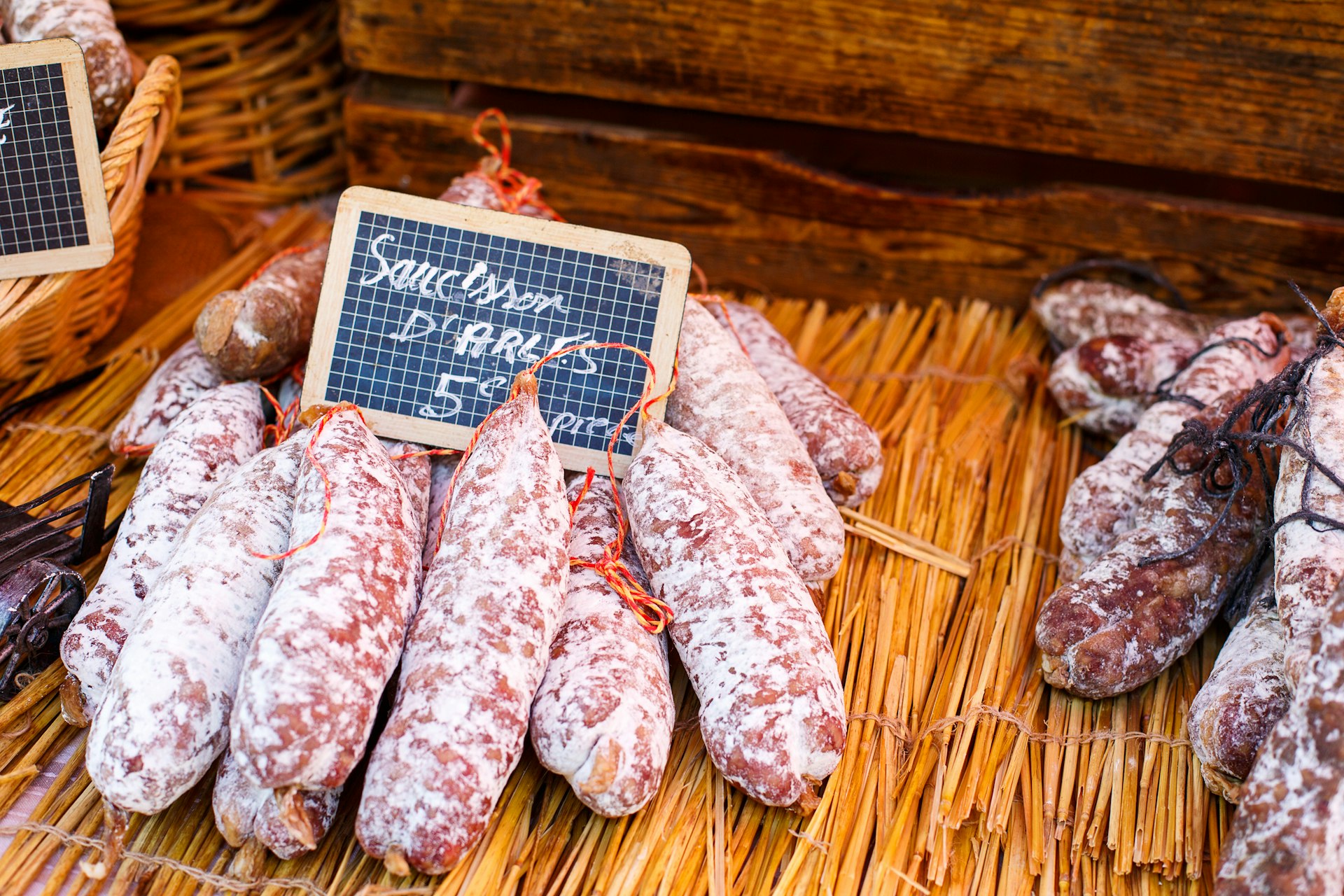
Truffles
Although less widely used in day-to-day Provençal dishes, truffles – locally known as ‘black diamonds’ – are a regional treat you should definitely try. The locals typically enjoy them either thinly sliced and fried in oil on bread or as bouillades aux truffles, the most expensive omelette you’re likely to ever eat. Aups and Carpentras are top truffle spots and if you visit during the truffle season (November to March) you could have a go at hunting them out yourself on a truffle tour.
The truffle market at Carpentras offers an intriguing insight into the fervour around these lucrative fungi. Watch as stallholders, residents and restaurateurs battle it out for the best priced black diamonds.
Wine
Provence is one of the oldest wine producing regions in the country. The Ancient Greeks planted vines here around 600BC, making the most of the many environmental factors that make this region perfect for producing wine; the mineral-rich soil, the balmy Mediterranean sun and the cool, cleansing Mistral winds.
Whites and rosés reign supreme here, especially around the coastal regions. A great spot to sample these is the Clos St. Magdeleine vineyard (clossaintemagdeleine.com) in Cassis. This 19th century terraced vineyard occupies 20 hectares on the slopes of the Cap Canaille sea cliff, the largest in Europe, and is the only vineyard in the region that faces the bright blue waters of the Mediterranean – a trait reflected in the intensity of the wine. Tours here last around 45 minutes to an hour and culminate in a tasting.
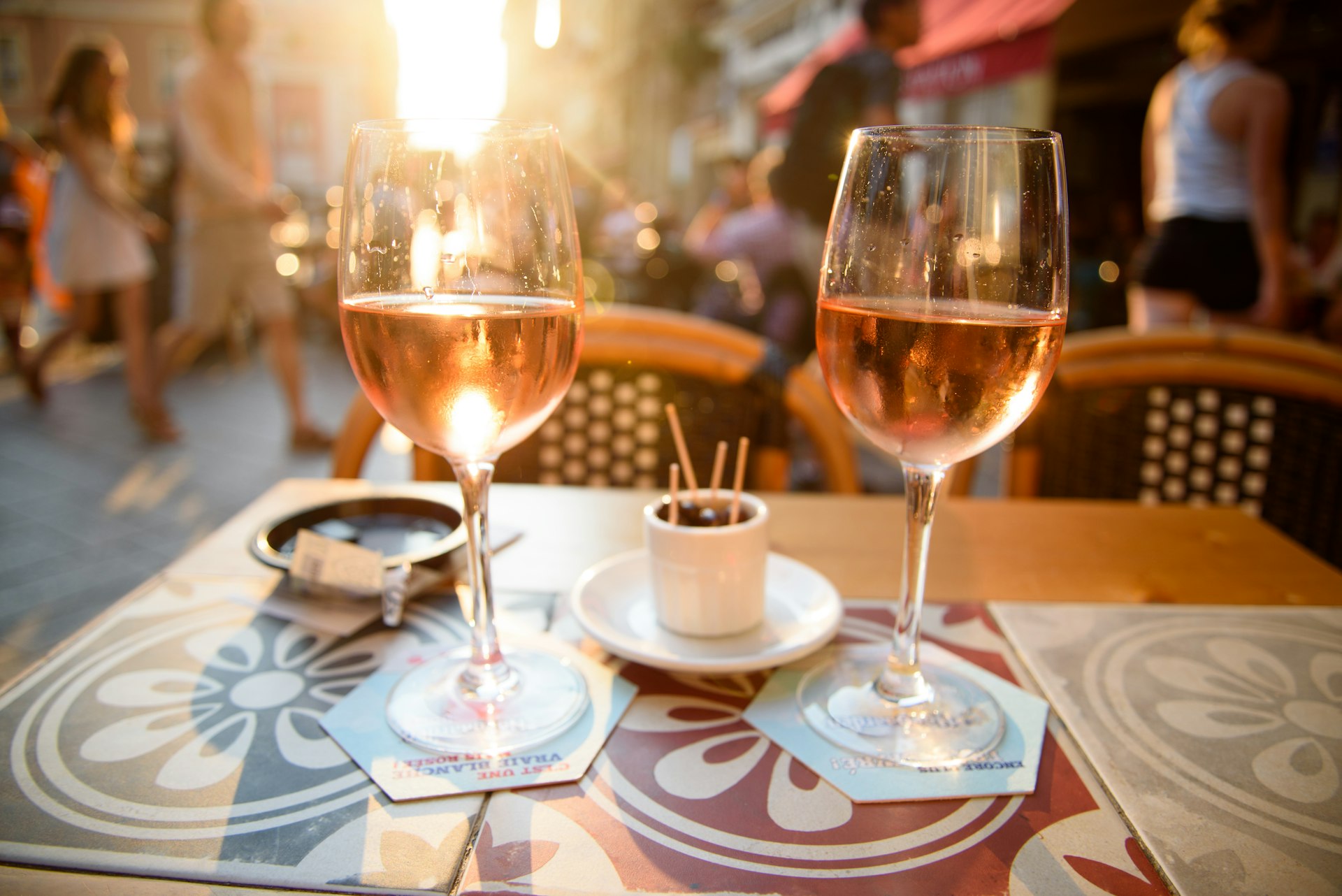
For red wine you’ll need to head inland to the Alpilles and Baux regions where the mountainous terrain is better suited for this type of wine. A tour of the Château Romanin (chateauromanin.com) is pretty spectacular. The wine here is an embodiment of the landscape - solid, warm and rich with mineral components - but what sets this vineyard apart is the enormous underground cellar. Carved out of rock, his phenomenal space is like a gothic cathedral of limestone columns and vaults.
Top Tip: keep an eye out for…
- Products with an AOC (protection of origin) certification which ensures goods have been produced locally and are the best of the best.
- The Table 13 accreditation. Restaurants with this badge are committed to using only locally sourced products.
- The Fête de la Gastronomie (fete-gastronomie.fr) a huge foodie festival that lays on an incredible spread of events throughout France in late September.
Louise travelled to Provence with support from Railbookers (railbookers.com) and Bouches-du-Rhône Tourism (visitprovence.com). Lonely Planet contributors do not accept freebies in exchange for positive coverage.

